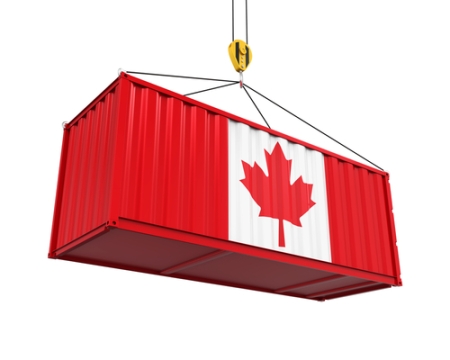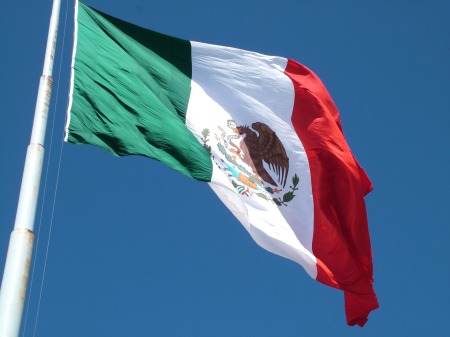Antonio Garza (Mexico, 2002-2009)
Cross posted from Ambassador Garza’s newsletter
—–
In two weeks, North America’s NAFTA negotiators will sit down for the seventh round of negotiations in Mexico City, and Presidents Trump and Pena Nieto have announced that they too will be meeting. The teams will have a lot on their plates, as previous rounds have eked out only slow progress on all the major issues. It is a far cry from this summer’s initial ambitious agenda that promised a modernized agreement by early 2018. Although, it’s not particularly surprising, since opening up an agreement that touches almost every sector in North America’s economies is no simple task and especially so with a U.S. team that is navigating its own domestic landmines and political risk (as I’ve written about previously). We should be preparing ourselves for a much longer timeline than initially expected, with negotiations likely stretching at least through the coming months and potentially into the coming year.
Yet, time is not on the NAFTA negotiations’ side. On July 1st, Mexicans will head to the polls to elect their next president and the pre-campaigns are already in full swing. The top three candidates have been traveling the country to meet with voters and share their campaign promises. Andrés Manuel López Obrador (AMLO) is the current leader with 23 percent of the vote. Best known for his populist platforms and discourse against the political establishment, AMLO has indirectly taken a more moderate position on NAFTA. His proposed economy minister promised to continue NAFTA negotiations and not to trash or restart the modernization process. The other top contenders—PAN party candidate Ricardo Anaya and PRI candidate José Antonio Meade (with 20.4 and 18.2 percent of the vote respectively)—have also made it clear that they would continue the talks. Yet, negotiating a thorny agreement through a political transition is sure to be a precarious endeavor.
Another controversial political issue has been the future of Mexico’s 2013 energy sector opening. While Anaya and Meade have supported the reform, AMLO has been a critical opponent, previously saying that he would roll it back or put it to a referendum. Yet AMLO’s proposed Energy Minister has adopted a less extreme path, outlining his plan to build a Mexican refinery and saying that he wouldn’t tear up existing contracts. Despite the political uncertainty, private sector interest in Mexico’s energy sector has surged. The January 31 deepwater oil and gas round was the largest to date, with investors claiming 19 of the 29 fields and pledging half a billion dollars in cash-signing bonuses. Overall, investment in the sector is estimated to reach $150 billion over the course of the current contracts.
However, while NAFTA and the energy reform are two major policy concerns, Mexicans are likely paying more attention to corruption and violence levels around the country. In the latest saga, Chihuahua Governor Javier Corral recently emerged as a national voice on corruption after his team began investigating the alleged embezzlement of more than US$12 million in state funds. The money was siphoned off under the previous (and now fugitive) governor Cesar Duarte and allegedly used to fund other PRI politicians’ campaigns. The investigation into the missing money exploded onto the national scene when it began to ensnare top PRI officials and after the federal government responded by withholding from Chihuahua $36.5 million in promised funds. The standoff led Corral to criss-cross the country protesting with a “Caravan of Dignity” and with the federal government finally backing down this past Monday and delivering the money.
These corruption scandals are also taking place in the midst of Mexico’s most violent year in recorded history. The number of homicides in 2017 surged past even the bloodiest years of the Calderón administration with no signs of slowing down. The factors driving the rise in violence are likely sub-region-specific and include everything from group infighting between different factions of the Gulf Cartel in Reynosa, local groups jockeying over lucrative poppy production in Guerrero, or fighting over who gets to sell drugs where in Ciudad Juárez. Yet one thing is clear, there has not been a strong and united federal strategy for lowering the violence. Instead, the response has been reactionary, with security issues failing to garner the same high-level attention as the country’s economic issues.
In the United States, we’ve also been grappling with our own domestic issues that directly affect Mexico. This includes the DACA debate, which will go back in front of Congress next week, and the budget’s emergency funding for the United States’ opioid crisis. Two weeks ago, U.S. Secretary of State Rex Tillerson emphasized the importance of working together with Mexico on many issues. In a speech last week at my alma mater the University of Texas at Austin, Tillerson outlined how the United States can approach cross-border security issues by improving its own drug policies and also by providing Mexico with targeted funding and training. While bilateral discussions may get overheated at times, working together on these and other cross-border issues continues to be the best way to respond to both countries’ most pressing challenges.

